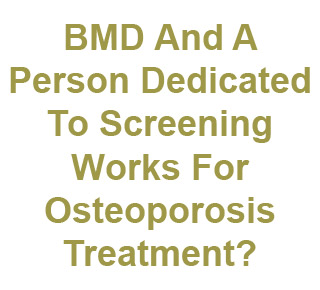
The analysts conducted reviews of osteoporosis screening and management programs that included patients for fragility fractures by orthopedic members in 11 nations. Osteoporosis is not very easily identified by people. They become aware of their condition only after encountering a fracture or if tested positive in a trial.
“We found that patient outcomes were better with programs that had dedicated personnel to test for and treat the disease. A fracture clinic is a very busy place. Patients are in pain. You have orthopedic surgeons, residents, physiotherapists, orthopedic technicians. It makes sense to have someone who can identify patients who might have osteoporosis, educate them, refer them for a bone mineral density test, schedule them for the test and write a prescription,†commented Sale, an associate scientist in the hospital’s Mobility Program Clinical Research Unit.
The results are also better when the tests take place within the program itself without the need to transfer patients to other places where the physician eventually loses touch with them. According to the scientists, the reviewing process faced some problems while comparing information across studies. Reportedly, some programs presented statistics of all patients, while others provided data of only those who went for bone density tests, and a few based it on bone density points. They believe that future studies should constitute standardized reporting.
The study is published in the journal Osteoporosis International.
